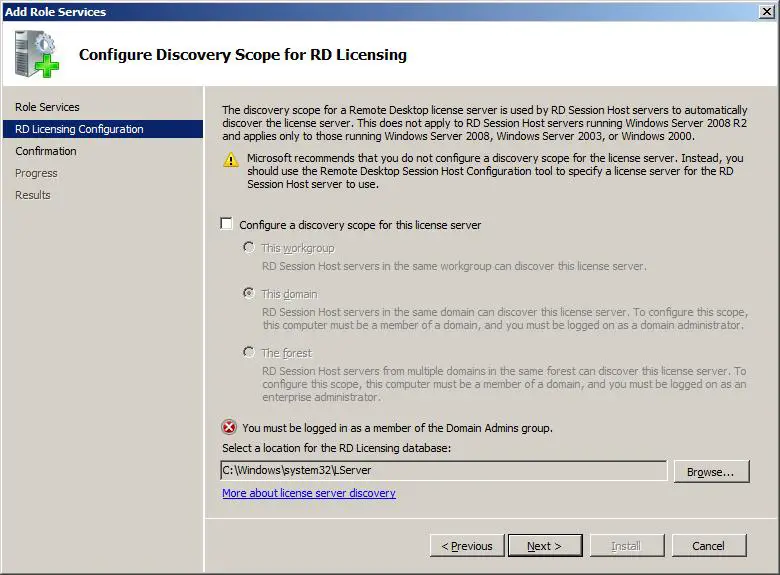

- #WINDOWS 2012 R2 REMOTE DESKTOP SERVICES STEP BY STEP HOW TO#
- #WINDOWS 2012 R2 REMOTE DESKTOP SERVICES STEP BY STEP INSTALL#
#WINDOWS 2012 R2 REMOTE DESKTOP SERVICES STEP BY STEP HOW TO#
In part one I detailed how to do a single server installation. A step by step guide to build a Windows 2012 R2 Remote Desktop Services deployment. When you manually create Remote Desktop connections in MyWorkspace however, you need to enter this info. Posted on December 23, 2013by Arjan Mensch287 Comments. In case you select Remote Desktop Services installation wizard will lead. It is important to select role based installation here. Nothing special on the before you begin step, just click next. Open server manager and select add servers roles and features.
#WINDOWS 2012 R2 REMOTE DESKTOP SERVICES STEP BY STEP INSTALL#
Remote desktop services installation: Install required role services for Virtual Desktop Infrastructure (VDI) to create a virtual machine-based or session-based desktop deployment. SO I will help you out to deploy standalone RD Gateway role on the Windows Server 2012 R2. When you use our Active Directory Connector to automatically pull in Remote Apps from your Remote Desktop Services, we will take care about this automatically. Role based or feature based installation: Configure a single server by adding roles, role services, and features. This guide describes how to migrate the Remote Desktop Services roles by providing the necessary steps to. The MyWorkspace Remote Desktop Gateway has support for specifying the TSVUrl, so you don't have to rely on any workarounds. I’m writing today to let you know that we have published the Remote Desktop Services migration to Windows Server 2012 R2 document that will walk you through various migration scenarios for a Remote Desktop Services (RDS) deployment. I’ll be using the setup I demonstrated in Part 2 Deploying an advanced setup because this setup was still on my Windows 8.1 Hyper-V setup.

Step by Step Windows 2012 R2 Remote Desktop Services Part 1: Deploying a single server solution. Step by Step Windows 2012 R2 Remote Desktop Services Part 2: Deploying an advanced setup. The connection broker than manages consistent sessions and load balancing. If you missed the previous parts: Step by Step Windows 2012 R2 Remote Desktop Services Part 3: Adding Session Hosts and Load Balancing session collections. The client needs to connect to the connection broker and specify the collection of session hosts it wants to connect to, known as TSVUrl, session hint or load balance info. Session hosts are grouped into collections, which are managed by the connection broker (a new server role). Then it automatically negotiated the correct session host for its connection.

Previously the client only needed to know the address of the remote desktop farm. With Windows Service 2012/R2 Microsoft changed the way how clients connect to remote desktop session hosts.


 0 kommentar(er)
0 kommentar(er)
